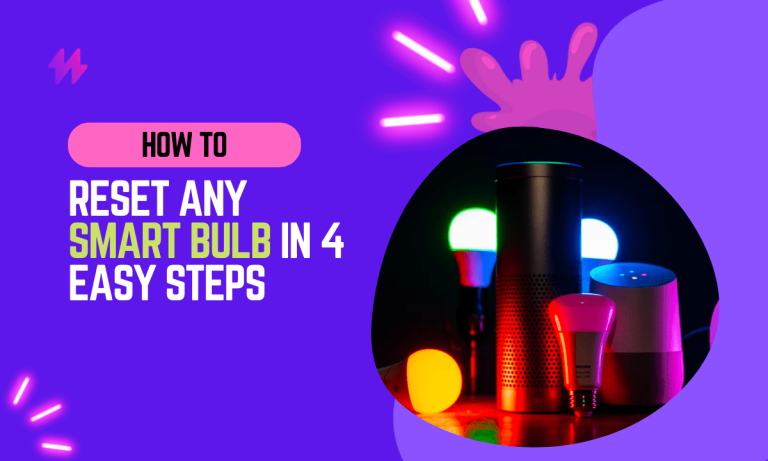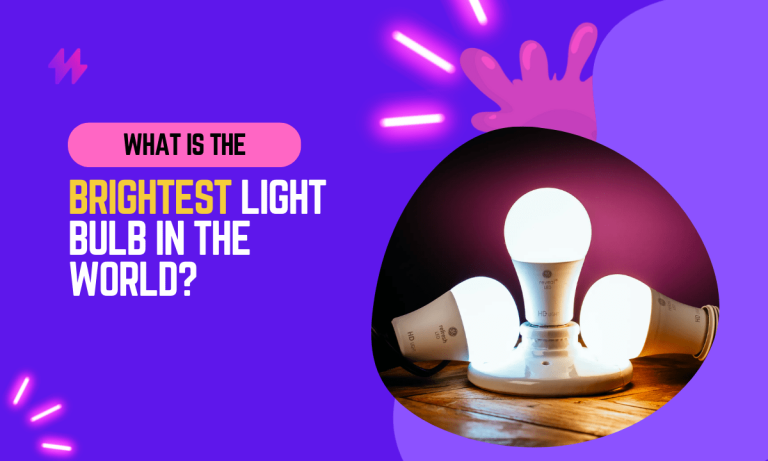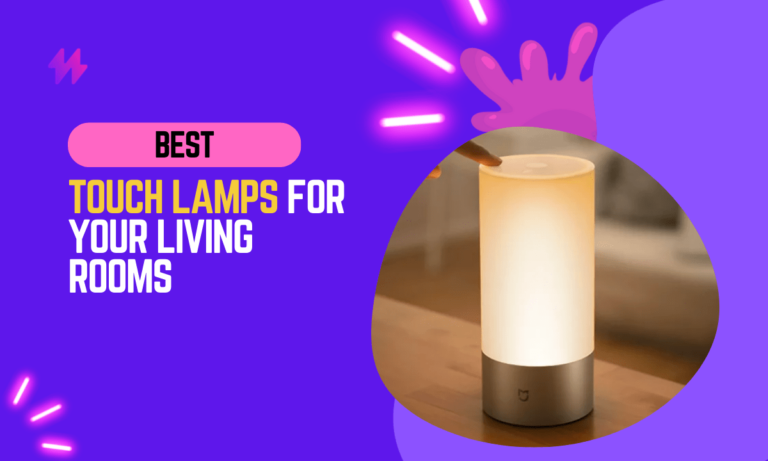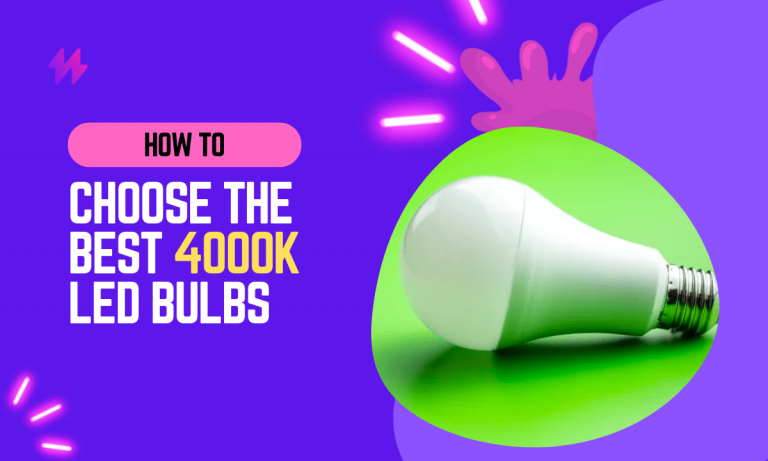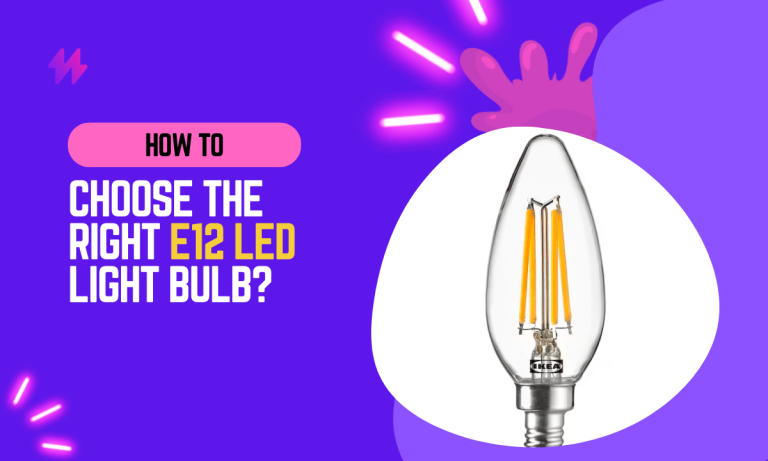Halogen vs LED Lights: Which is the Better Lighting Choice?
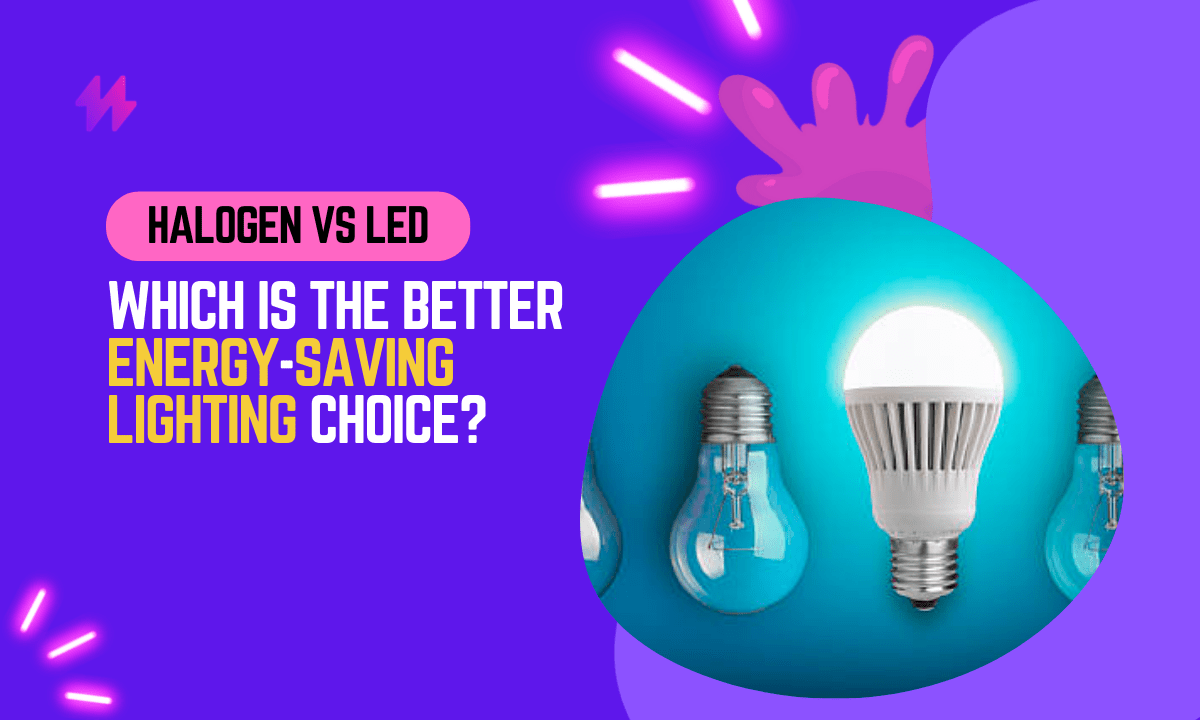
Lighting not only illuminates our homes, workplaces, and streets but also plays a significant role in our energy consumption patterns. As we seek to cut down on electricity usage, it becomes vital to scrutinize the efficiency of the lighting technologies we employ. This is where halogen and LED lights come into the spotlight.
Halogen lights have been a staple in lighting solutions for decades, but the rising demand for more energy-efficient alternatives has paved the way for LED lights to gain prominence. Both options have their unique characteristics and advantages, but their differences in energy consumption and environmental impact are particularly noteworthy.
In this blog, we will compare and contrast halogen and LED lights in terms of their energy-saving capabilities, performance, light quality, lifespan, maintenance requirements, and environmental impact.
Halogen Light
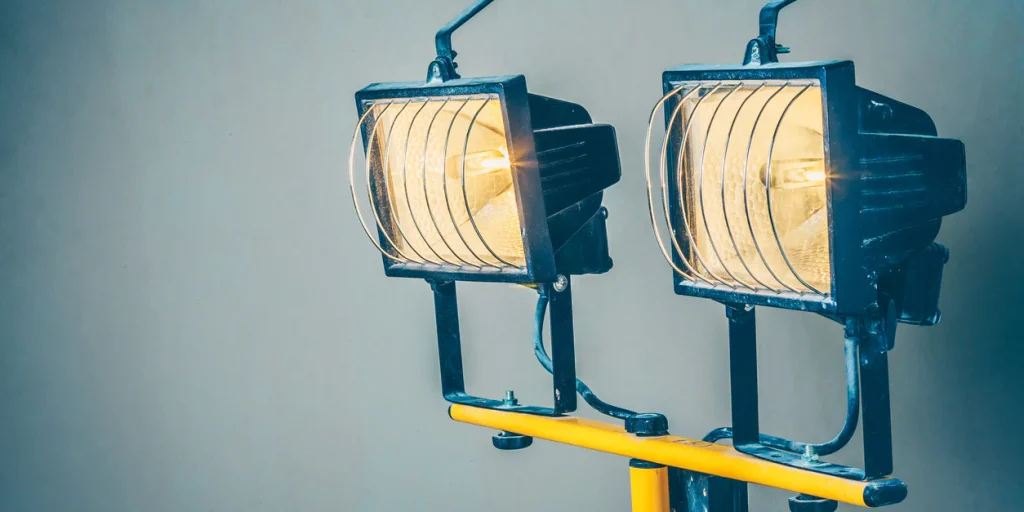
Before we delve into the comparison between halogen and LED lights, let’s take a closer look at halogen lights and understand how they work.
Halogen Technology
Halogen lights are a type of incandescent bulb that uses a tungsten filament enclosed in a small glass envelope filled with a halogen gas, usually iodine or bromine. When electricity passes through the tungsten filament, it heats up and produces light through incandescence. The halogen gas plays a crucial role in the process by continuously redepositing evaporated tungsten back onto the filament, thus extending its lifespan.
Pros of Halogen Lights
- Affordability: Halogen bulbs are generally more affordable upfront compared to LED lights.
- Dimmable: They are easily dimmable, offering adjustable light levels to create various atmospheres.
- Instant Lighting: Halogens reach full brightness instantly when turned on, without any warm-up time.
Cons of Halogen Lights
- Energy Inefficiency: Halogens are less energy-efficient than LEDs, as they emit a significant amount of heat, which contributes to energy waste.
- Shorter Lifespan: Halogen bulbs have a relatively short lifespan compared to LED lights, typically lasting around 1,000 to 2,000 hours.
- Higher Heat Emission: The heat generated by halogens can be a safety concern, and they are not recommended for use in enclosed fixtures.
Energy Consumption of Halogen Lights:
Despite producing light through incandescence, a substantial portion of the energy consumed by halogen bulbs is emitted as heat rather than visible light. The inefficiency in converting electricity to light results in higher energy consumption, leading to increased electricity bills.
Environmental Impact
The higher energy consumption of halogen lights translates to a higher carbon footprint, contributing to increased greenhouse gas emissions.
The disposal of halogen bulbs requires proper handling due to their small amounts of halogen gas and the potential for containing hazardous materials.
Application of Halogen Lights
Halogen lights are still commonly used in various applications, such as automotive headlights, track lighting, and outdoor floodlights. For those considering halogen lighting, it is essential to assess their specific needs and lighting requirements against the energy costs and environmental impact.
Also read: How To Read Bulb Base Size and Type?
LED Lights

LED lights are a revolutionary lighting technology that has rapidly gained popularity as a more energy-efficient and sustainable alternative to traditional lighting options like halogen bulbs.
LED Technology
LED stands for “Light Emitting Diode.” Unlike halogen lights, LEDs do not rely on incandescence to produce light. Instead, they work based on electroluminescence, a process where electrical current passes through a semiconductor material, emitting photons and generating light. This efficient process allows LEDs to convert a higher percentage of electrical energy into visible light.
Pros of LED Lights
- Energy Efficiency: LED lights are exceptionally energy-efficient, consuming significantly less electricity than halogen bulbs while providing the same or even greater light output.
- Longer Lifespan: LED lights have a much longer lifespan, typically lasting around 25,000 to 50,000 hours or more, which reduces the frequency of replacements.
- Low Heat Emission: LEDs generate minimal heat, making them safer to use in enclosed fixtures and reducing energy waste.
Cons of LED Lights
- Higher Initial Cost: LED lights tend to have a higher upfront cost compared to halogen bulbs. However, this cost is often offset by their energy savings and longer lifespan over time.
- Dimming Considerations: While many LED lights are dimmable, compatibility with existing dimmer switches might require specific LED models or dimmers.
Energy Consumption of LED Lights
LEDs are highly efficient in converting electricity into light, with little energy lost as heat. As a result, they consume significantly less power than halogen bulbs, leading to substantial energy savings.
Environmental Impact
LED lights’ reduced energy consumption translates into a lower carbon footprint and less strain on power grids, contributing to a greener and more sustainable environment.
Additionally, LED lights do not contain hazardous materials like mercury, making them easier to dispose of responsibly.
Application of LED Lights
LED lights have versatile applications and are suitable for both residential and commercial settings, ranging from home lighting to street lighting and industrial use.
When considering LED lighting, it’s essential to evaluate factors such as color temperature, light output, and dimming capabilities to ensure they align with your specific lighting needs.
Also read: Should I Switch From CFL To LED Light Bulb?
Halogen vs LED Light: Comparison Table
| Aspect | Halogen Lights | LED Lights |
| Light Technology | Incandescent with halogen gas | Light Emitting Diode (LED) |
| Energy Efficiency | Less efficient, high heat emission | Highly efficient, minimal heat emission |
| Energy Savings | Consumes more energy | Consumes significantly less energy |
| Lifespan | Shorter lifespan (around 1,000 – 2,000 hours) | Longer lifespan (around 25,000 – 50,000 hours or more) |
| Light Quality | Warm, similar to incandescent | Adjustable color temperatures, good color rendering |
| Instant Full Brightness | Yes | Yes |
| Directional Lighting | No | Yes |
| Dimming Capability | Yes, but not all are dimmable | Yes, many are dimmable |
| Environmental Impact | Higher carbon footprint | Lower carbon footprint |
| Maintenance | Frequent replacements | Low maintenance |
| Upfront Cost | Lower | Higher (offset by energy savings) |
You may also like: 5 Reasons to Switch to Ecosmart Light Bulbs
Halogen vs LED Light: Detailed Comparison
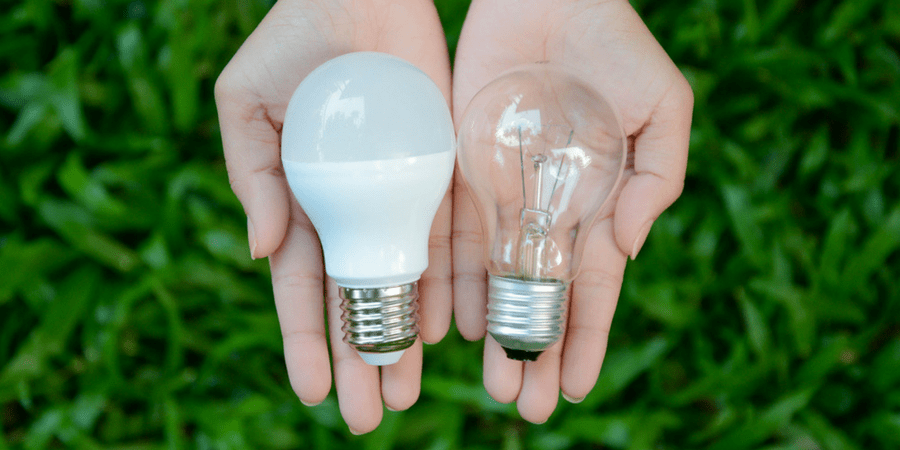
When it comes to lighting technology, the choice between halogen and LED lights can significantly impact energy consumption, lighting quality, and overall environmental impact. Let’s dive into a comprehensive comparison of these two lighting options across various important aspects:
Performance
Halogen bulbs offer a warm and familiar light that closely resembles traditional incandescent bulbs. They provide instant full brightness when turned on and have good color rendering capabilities, making colors appear vibrant.
LED lights come in various color temperatures, from warm to cool, catering to different preferences. They also offer instant full brightness and can achieve high-quality color rendering, providing accurate and natural-looking colors.
Light Quality
Halogens emit light omnidirectionally, which can lead to some light loss, especially when used in enclosed fixtures.
LEDs emit directional light, allowing for better light efficiency and minimal light loss. They can also be designed in various shapes and sizes to suit different fixtures.
Energy Saving
Halogens are relatively energy inefficient since they convert a significant portion of the electricity they consume into heat rather than visible light. This inefficiency results in higher energy costs.
LEDs are highly energy-efficient, converting a large percentage of electricity into visible light and generating minimal heat. They can save up to 80-90% of energy compared to halogen bulbs, leading to substantial cost savings over time.
Lifespan
Halogen bulbs typically have a shorter lifespan, lasting around 1,000 to 2,000 hours before needing replacement.
LEDs have an exceptionally long lifespan, lasting around 25,000 to 50,000 hours or more, depending on the quality of the LED.
Maintenance
Due to their shorter lifespan, halogen bulbs require more frequent replacements, resulting in higher maintenance costs and inconvenience. LEDs’ long lifespan reduces the need for frequent replacements, making them low maintenance and cost-effective in the long run.
Environmental Impact
Halogens contribute to higher greenhouse gas emissions due to their energy inefficiency and shorter lifespan, making them less environmentally friendly. LED’s energy efficiency and longer lifespan lead to reduced energy consumption and lower carbon emissions, making them a greener lighting choice.
Also read: 6 Proven Ways to Make LED lights brighter
Conclusion
After a thorough comparison between halogen and LED lights, it is evident that LED lights emerge as the clear winner in the realm of energy-saving lighting solutions. LED light’s remarkable energy efficiency, longer lifespan, and minimal heat emission set them apart as the more sustainable and cost-effective choice.
In conclusion, when comparing halogen and LED lights, each type presents distinct advantages and considerations that cater to different lighting needs and preferences. Halogen bulbs are known for their crisp, bright light and excellent color rendering, making them a favored choice in applications where precise color differentiation is critical, such as in vehicle headlights and art illumination. However, their shorter lifespan and higher energy consumption, when compared to LEDs, often make them less desirable for consumers looking for cost-effective and sustainable lighting solutions. Halogens also generate more heat, which can be a safety concern in certain environments and lead to increased air conditioning costs in warmer climates.
On the other hand, LED lights offer remarkable energy efficiency and longevity, characteristics that make them a preferred option for both residential and commercial settings aiming to reduce energy costs and environmental impact. LEDs provide a significant reduction in power consumption and can last up to 25 times longer than halogen bulbs, drastically decreasing the frequency of replacement. Moreover, the versatility of LED technology allows for a broad range of applications, from smart home systems to outdoor lighting, thanks to their durability and low maintenance requirements. While LEDs have historically struggled with color rendering, recent advancements have greatly improved their capability to produce a light quality that rivals that of halogens. Choosing between halogen and LED lights ultimately depends on evaluating the specific requirements of the lighting application, such as brightness, color accuracy, energy efficiency, and overall cost-effectiveness. This thoughtful consideration will ensure the selection of the most appropriate lighting solution that combines practicality with aesthetic appeal.

